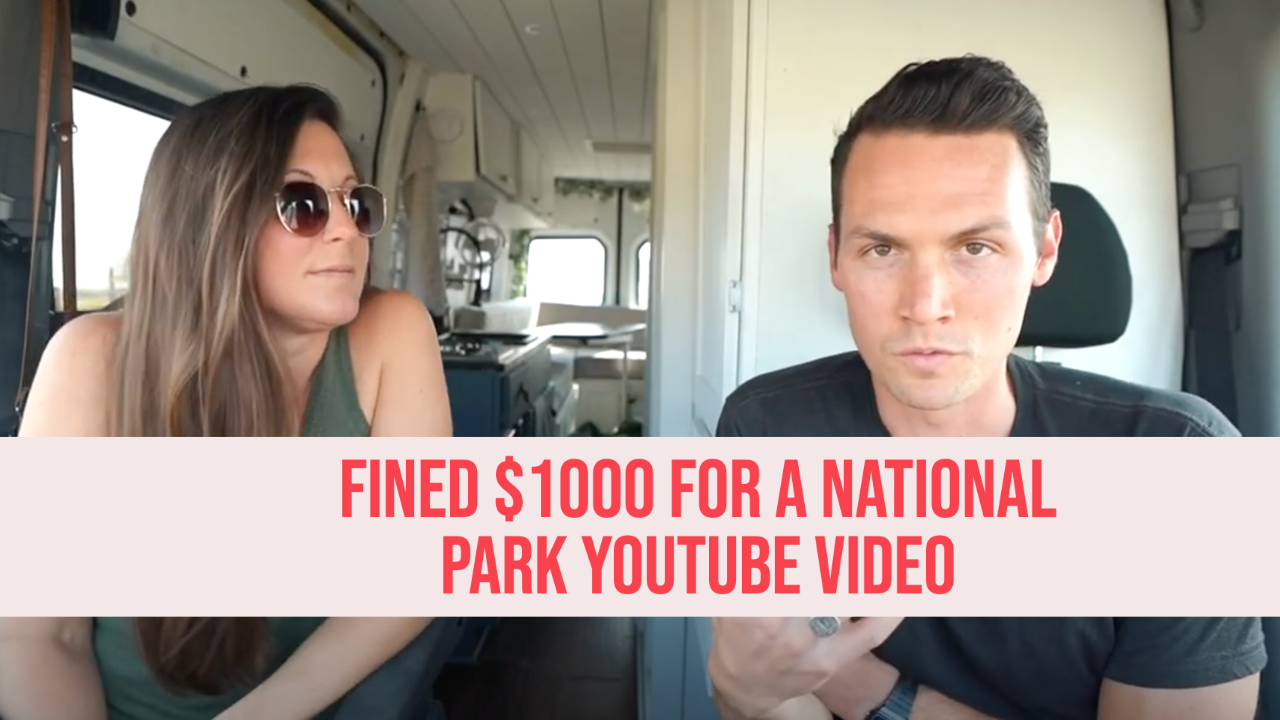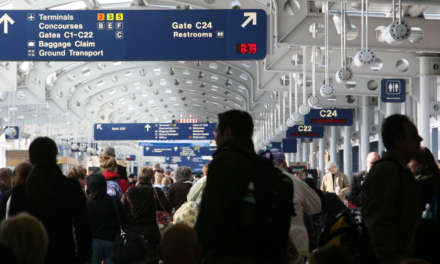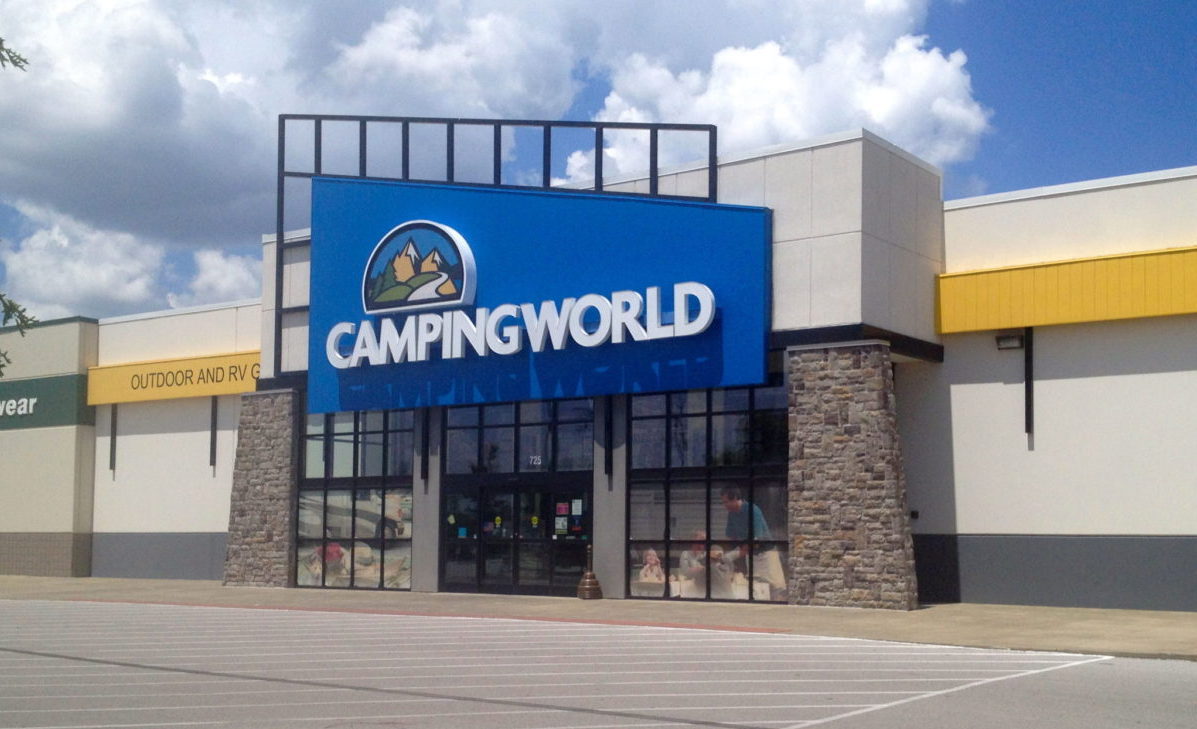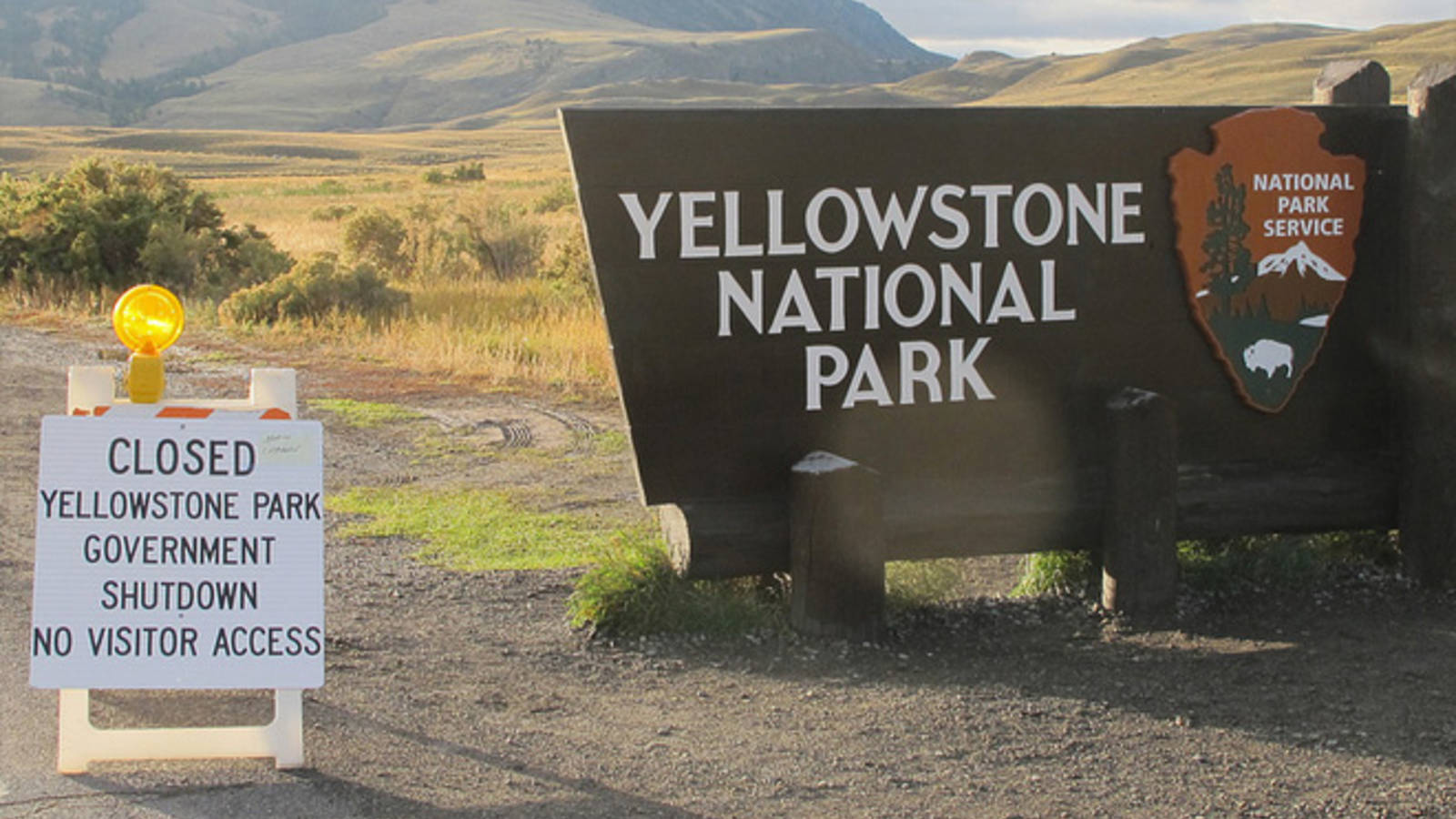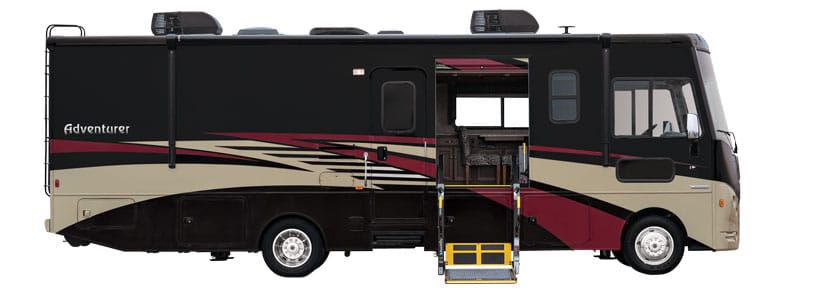Popular YouTubers and travel bloggers Kara and Nate (karaandnate.com) had a rough surprise when they were contacted recently by the National Park Service about filming in parks without a permit, and have made the decision to stop traveling to national parks altogether.
According to a video the couple posted Wednesday, threats of arrest warrants were made unless the couple responded to allegations that they filmed content on national park property. They promptly responded, and ultimately were issued a $1000 fine and a ban from filming in parks in the future.
Kara and Nate’s videos in parks are no different than those made by most YouTubers (including some by us here at RV Miles), many of whom fly under the radar due to the fact that there’s little way for the NPS to know whether people are making money off the work. But Kara and Nate have been publishing quarterly income reports for years in order to help people realize their full-time travel dreams. Someone at the NPS caught wind of those reports and contacted the couple about their lack of commercial filming permits.
The National Park Service requires that anyone filming within parks “for a market audience with the intent of generating income” obtain a permit to film. Even if it’s just you walking behind Aunt Edna with your iPhone on a trail—if the intent is to make money, the NPS wants you to have a permit.
But what does “making money” mean? It’s not clear. If you are a vlogger who makes $4 off a video of your national park visit through YouTube monetization, are you “making money”? Clearly your expenses outweigh the income. But neither the law (16 U.S.C.460l-6d) nor the National Park Service’s policy deal with what “making money” or “market audience” mean. We’ve made $9.65 off of one of our latest podcast episode videos, which has some shots of our recent visit to Yellowstone. Will we receive a call?
Several individual parks have the following language on their websites: “Permits are required for any project that generates an electronic media, film, still photography or video production for television, the motion picture industry, public interest or private multi-media which consists of production crews and vehicles, broadcast equipment, props/sets, talent/actors, construction, trailers, housing, animals, or aircraft.” The second half would lead me to believe that someone with a camera and a tripod might not fall under a “commercial permit,” but there’s no consistency in language across the park service, and this language is not written into the actual law. Kara and Nate fall squarely in the “making money” category, but nobody knows where the line is.
The permit process requires a non-refundable application fee that ranges from $25 for students to $1000 for feature films, with most content creators on the hook for $75-$300 that they won’t get back even if they’re denied. The permit is then free for smaller projects, as long as it’s 1-2 people and a tripod, doesn’t require supervision, and the filming process is short of 4 hours. That last part’s not going to work for most people filming their family vacation and slapping it up on YouTube. Beyond 4 hours, most YouTubers would be paying a $150/day shoot fee. The permit process also requires a 14-day advance submission, and for you to submit storyboards, scripts, maps, a schedule, etc. It’s clearly aimed at TV shows and films.
The National Park Service may want to consider this an opportunity. It’s time to re-examine what “commercial” filming means, and make clear guidelines on this issue, so that people know what to expect and can follow the law and regulations appropriately. Policies seem to reflect a time when you had professional filmmakers and you had visitors. The lines have certainly blurred over the last 20 years. I’ve reached out for comment.

